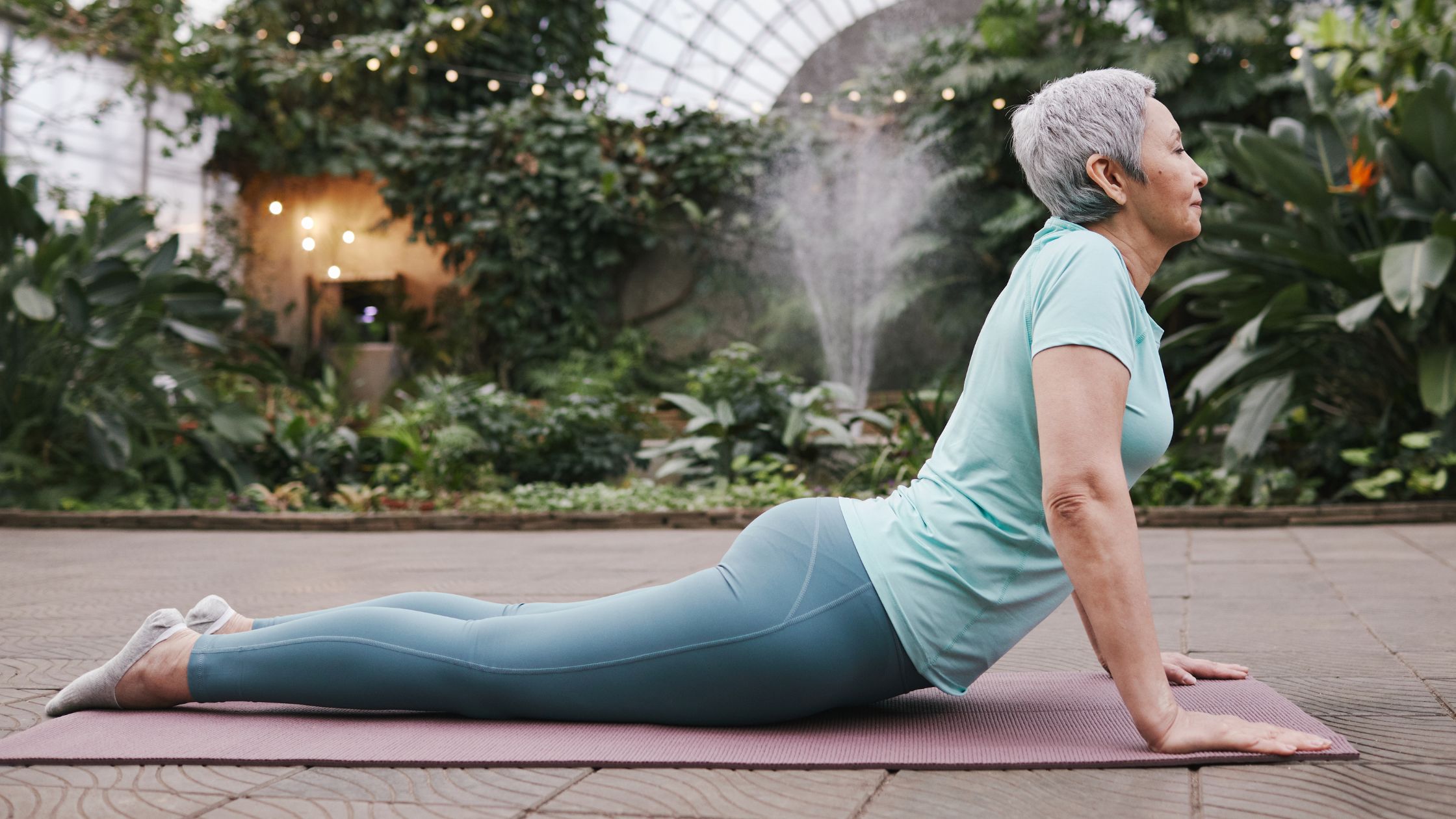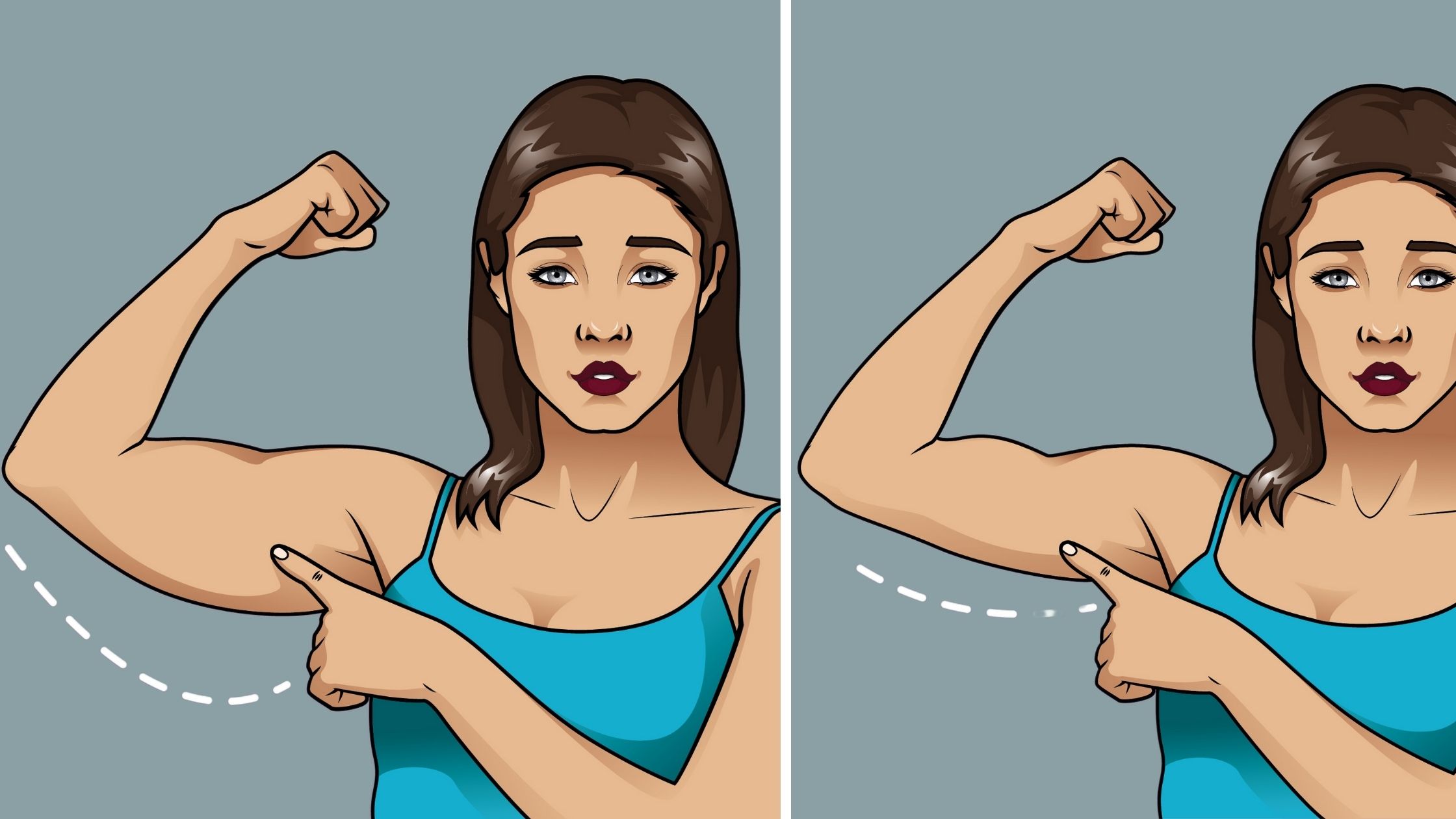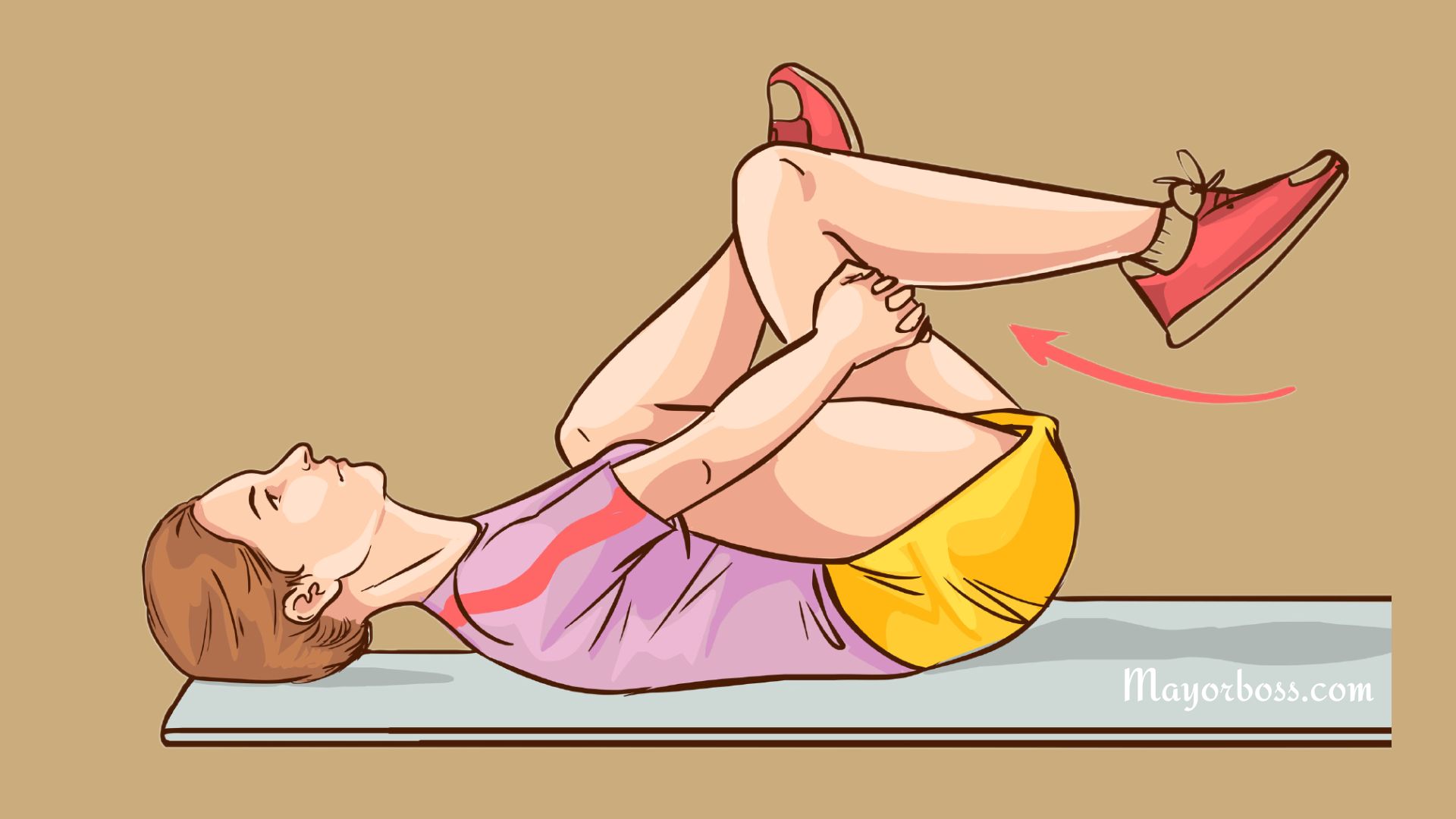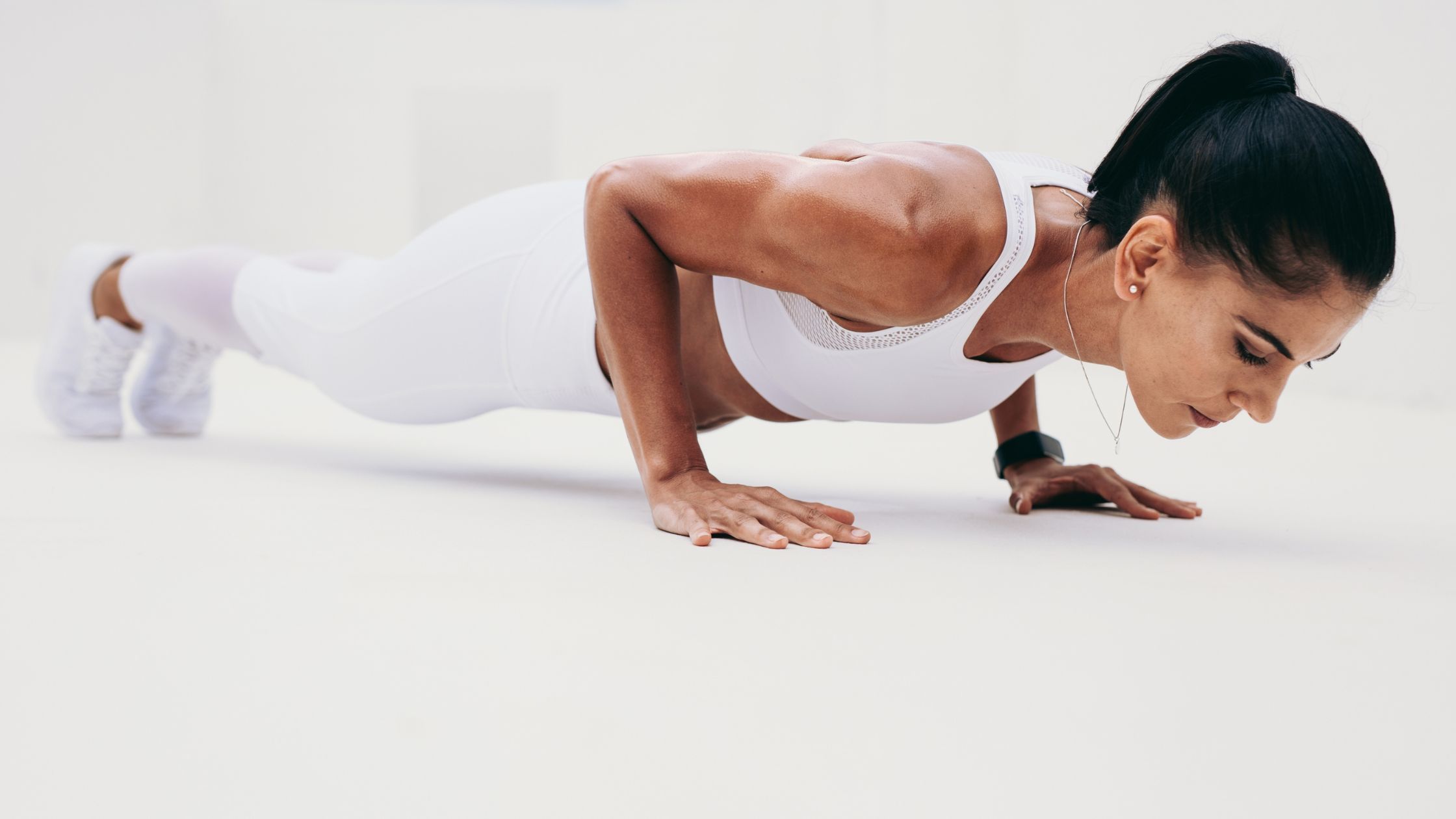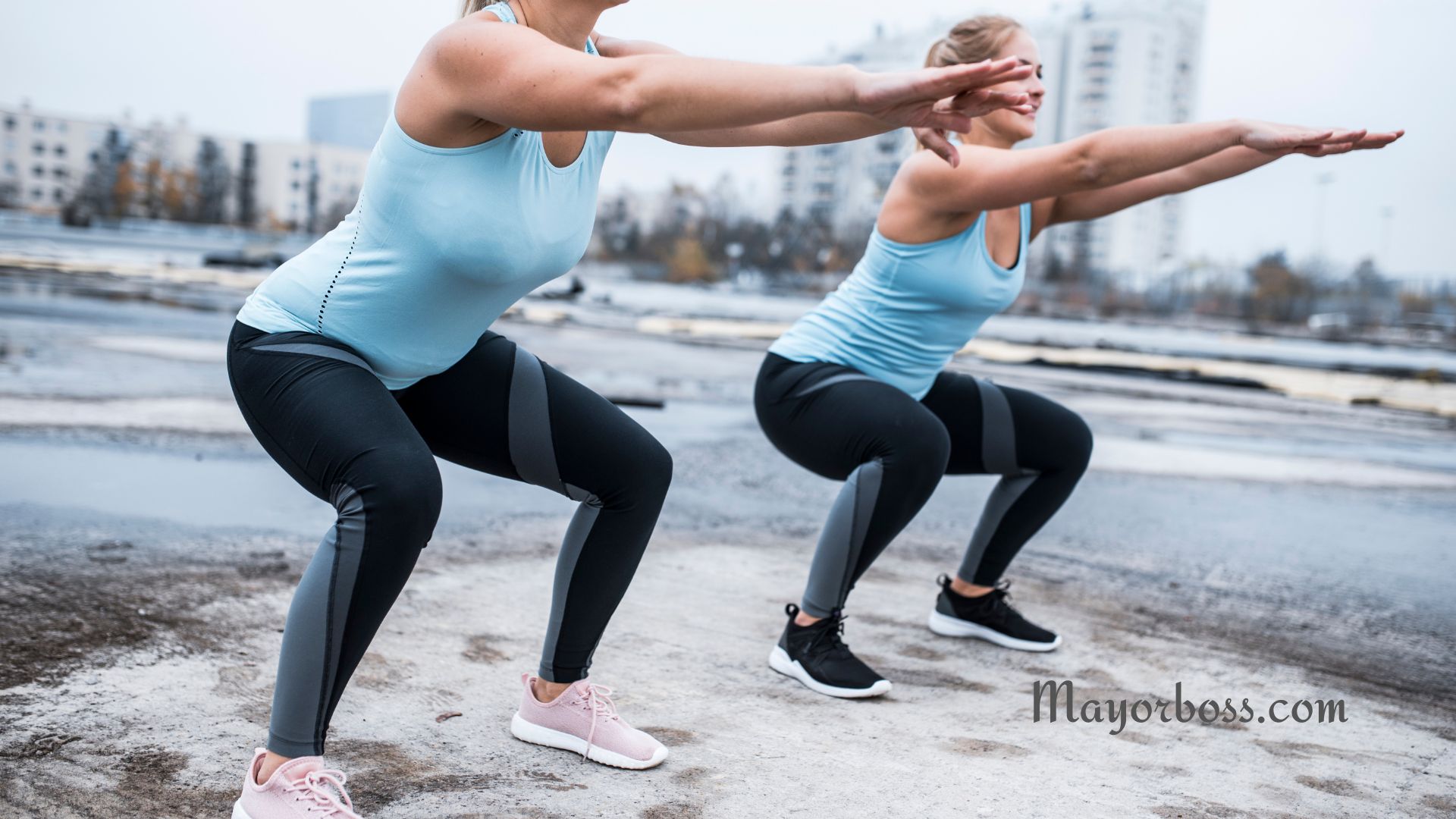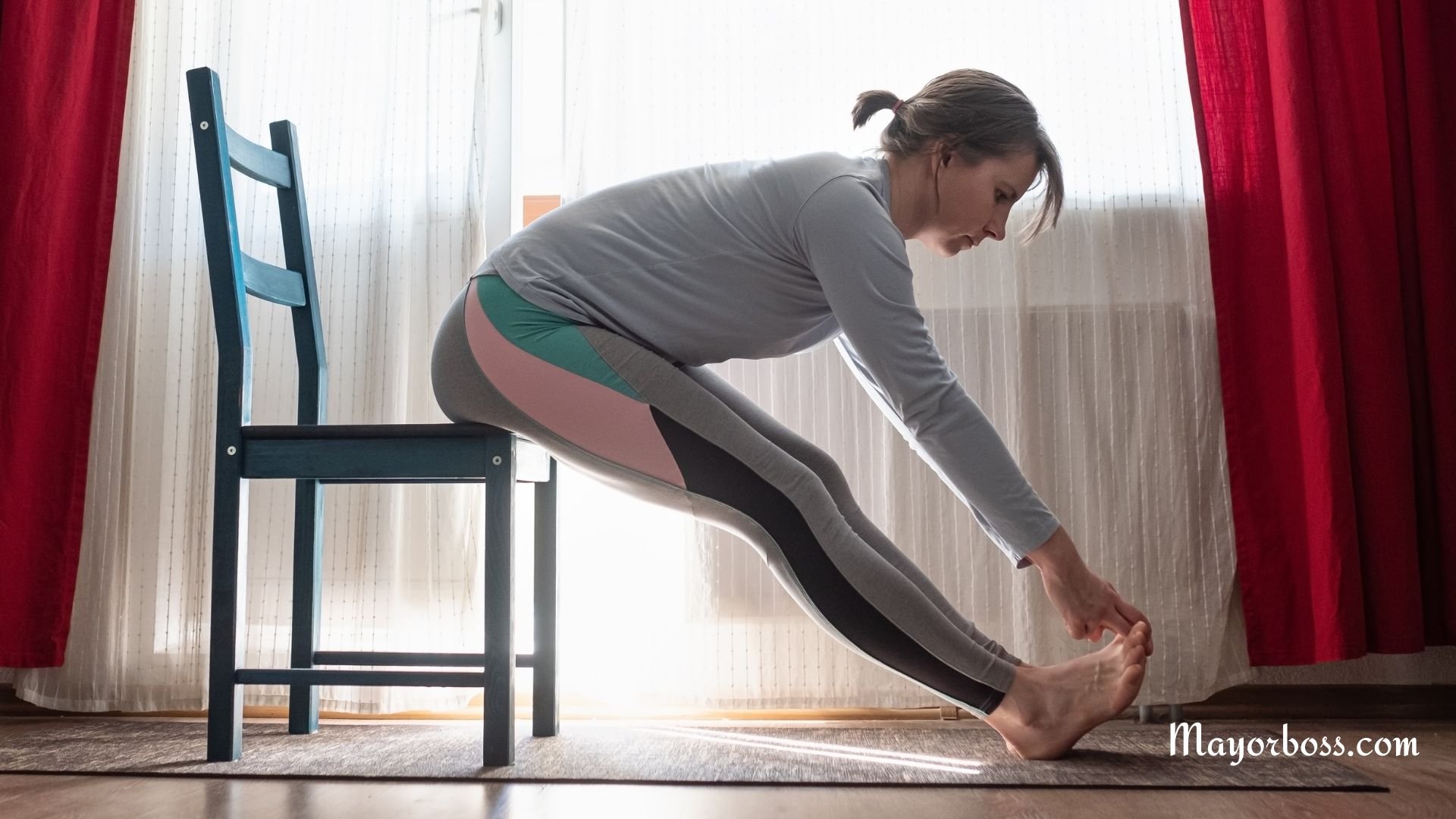6 Pelvic Floor Exercises
Brief summary: Pelvic floor exercises aren’t just for pregnant people or those recovering from surgery. These exercises can benefit everyone by improving core strength, enhancing bladder control, and even boosting sexual performance. The pelvic floor muscles are like a hammock that supports your internal organs, so keeping them strong is crucial. You can do exercises like Kegels, squats, and bridges to keep this important muscle group in tip-top shape.
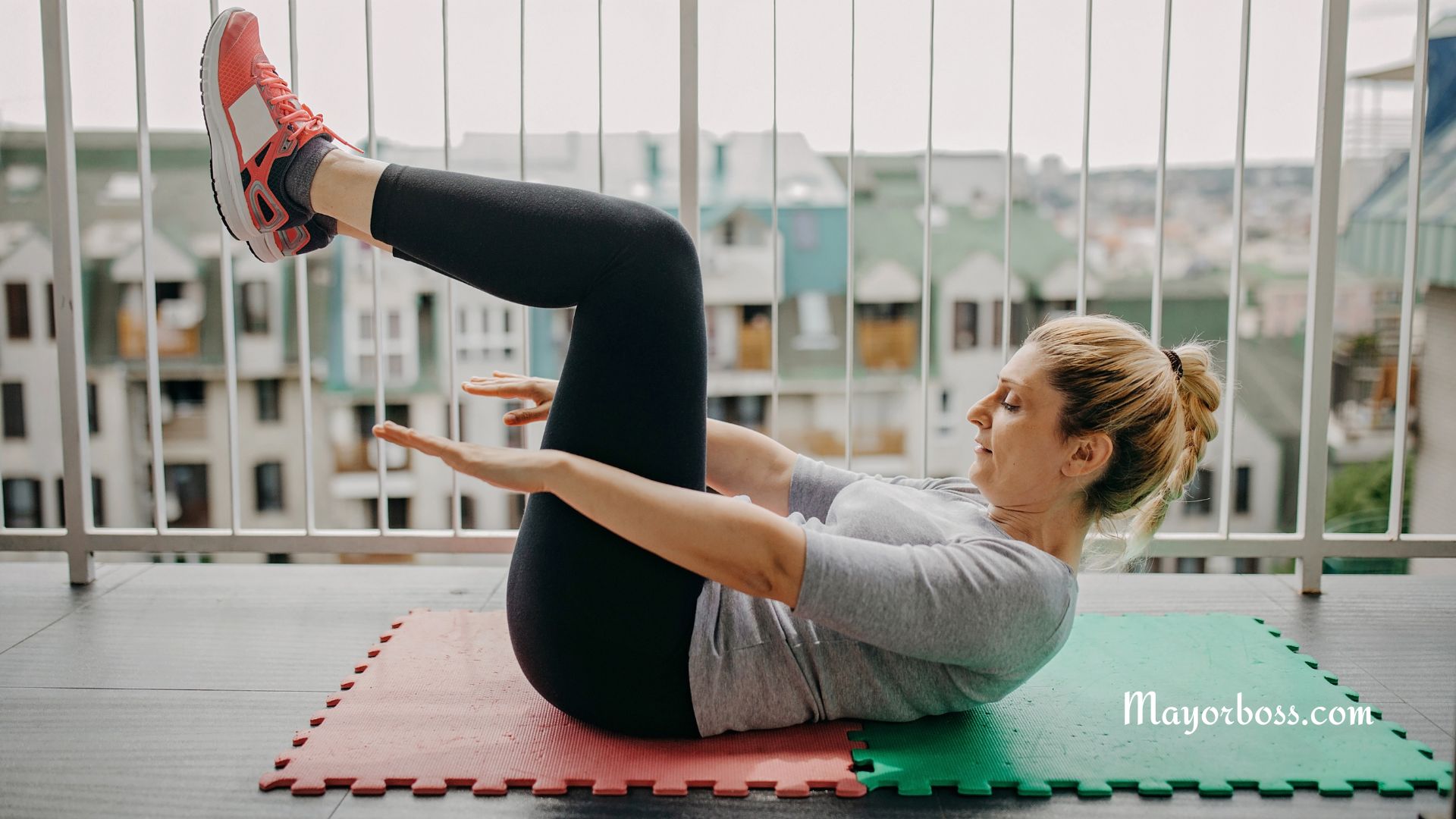
Why Should You Care About Pelvic Floor Exercises?
If you’re wondering why pelvic floor exercises should matter to you, consider this: A strong pelvic floor supports your bladder, bowel, and uterus. When these muscles are in good shape, you’ll notice less back pain, better posture, and an improvement in bladder and bowel control. For women, this can also help during pregnancy and childbirth. So, it’s really a win-win for everyone.
What Are the Pelvic Floor Muscles?
Before we get into the exercises, it’s essential to know what the pelvic floor muscles are. Picture a hammock of muscles stretched from your pubic bone at the front to your tailbone at the back. These muscles support your internal organs, including your bladder, bowel, and, in women, the uterus. Now, let’s move on to how you can strengthen these vital muscles.
Pelvic Floor Exercises
1. Kegels
- Find your pelvic floor muscles by stopping your urine flow mid-stream. Those are the muscles you want to target.
- Once you know where they are, sit or lie down comfortably.
- Tighten your pelvic floor muscles, hold for 3-5 seconds, and then relax for 3-5 seconds.
- Aim for at least three sets of 10 repetitions daily.
Kegels specifically target your pelvic floor muscles. So, when you practice this exercise regularly, you’re directly strengthening the muscles that help control your bladder and bowel.
2. Squats
- Stand with your feet shoulder-width apart.
- Lower your body as if you’re sitting in a chair, keeping your back straight.
- Go down as far as comfortable, then push back up to the starting position.
- Perform 3 sets of 10-15 reps.
Squats engage not only your pelvic floor but also your thighs and glutes. As a result, you’re giving multiple muscle groups a workout, which is great for overall core strength.
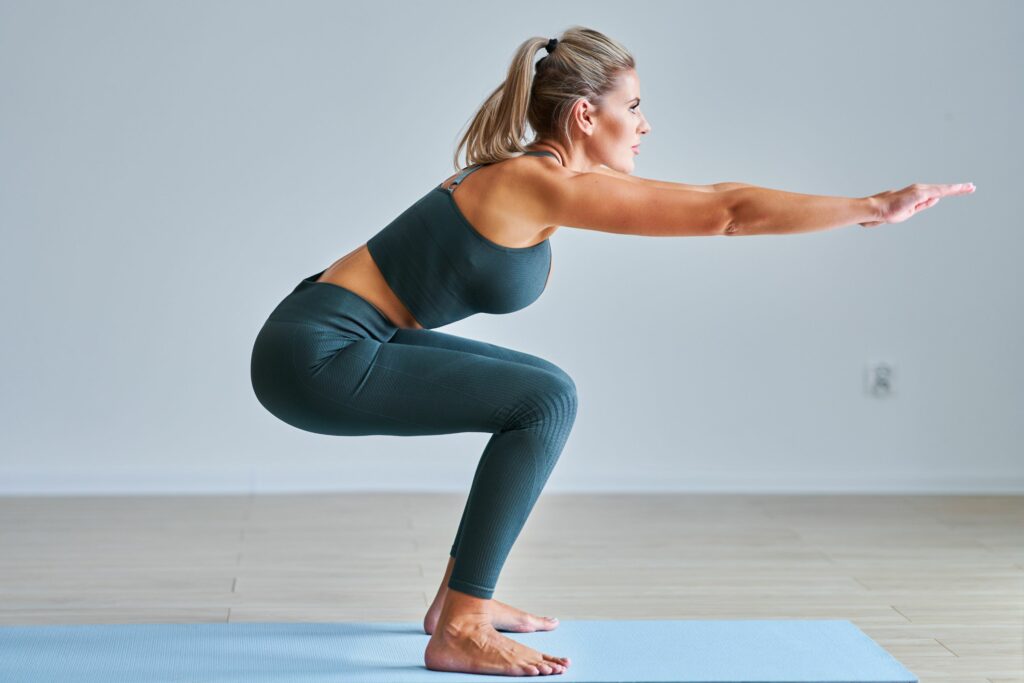
3. Bridges
- Lie on your back with your knees bent and feet flat on the floor.
- Push through your heels and lift your hips towards the ceiling.
- Hold for a few seconds, then lower your hips back down.
- Complete 3 sets of 10 repetitions.
Bridges are fantastic for your lower back and pelvic floor muscles. Consistent practice can improve your posture and reduce back pain.
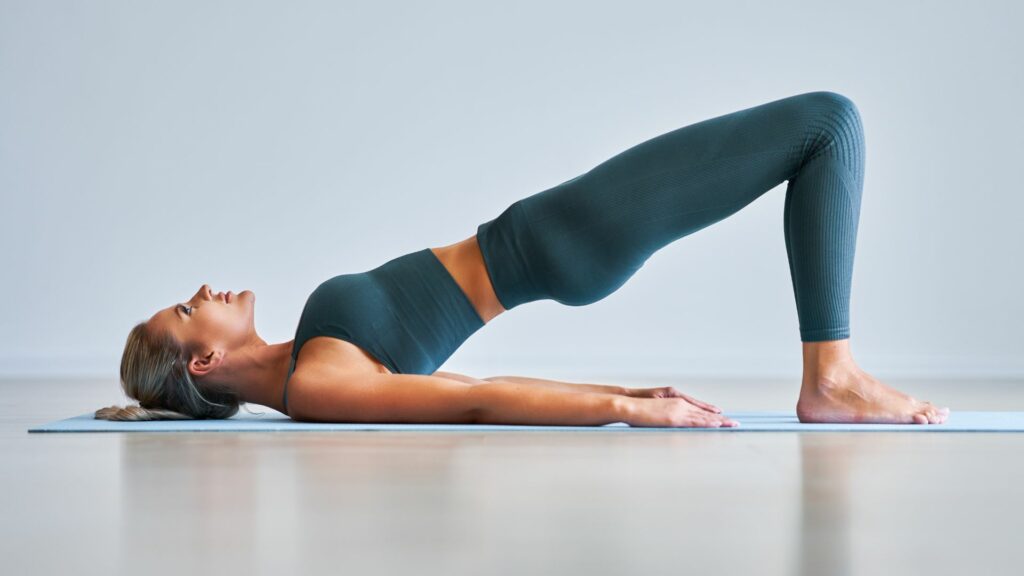
4. Wall Sits
- Stand against a wall and slide down until your knees are at a 90-degree angle.
- Hold the position for 20-30 seconds.
- Return to the starting position.
- Repeat this 5-10 times.
Wall sits are another excellent full-body exercise. They focus on your thighs and pelvic floor, helping you maintain better control over your bladder and bowel.
5. Bird-Dog
- Start on all fours, with your hands directly under your shoulders and knees under your hips.
- Extend one arm out in front of you and the opposite leg behind you.
- Hold for a few seconds, then return to the starting position.
- Repeat on the other side.
- Perform 3 sets of 10 reps for each side.
The Bird-Dog exercise is awesome for improving your balance and coordination. As you extend your arm and leg, your pelvic floor muscles engage to keep you stable.
6. Dead Bug
How to Do It:
- Lie on your back with your arms extended towards the ceiling and knees bent at a 90-degree angle.
- Lower your right arm and left leg simultaneously, keeping them just above the ground.
- Return to the starting position.
- Alternate sides and complete 3 sets of 10 reps.
The Dead Bug exercise challenges your coordination and engages your pelvic floor muscles. It’s a fun way to wrap up your pelvic floor workout routine.
According to fitness experts, consistently doing these exercises can lead to improvements in just a few weeks.

